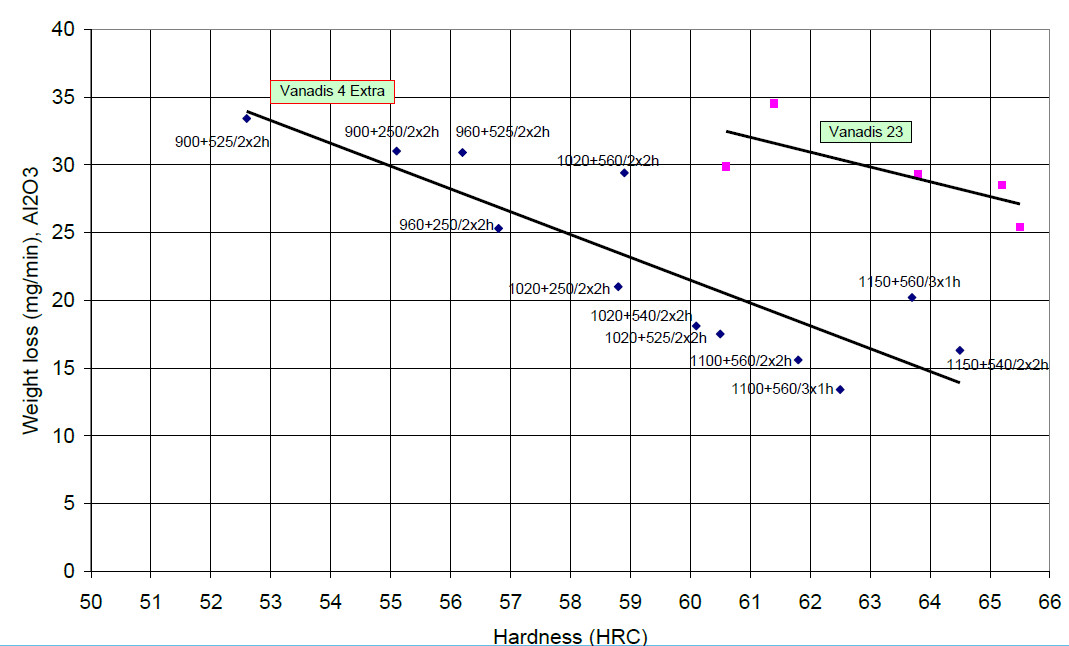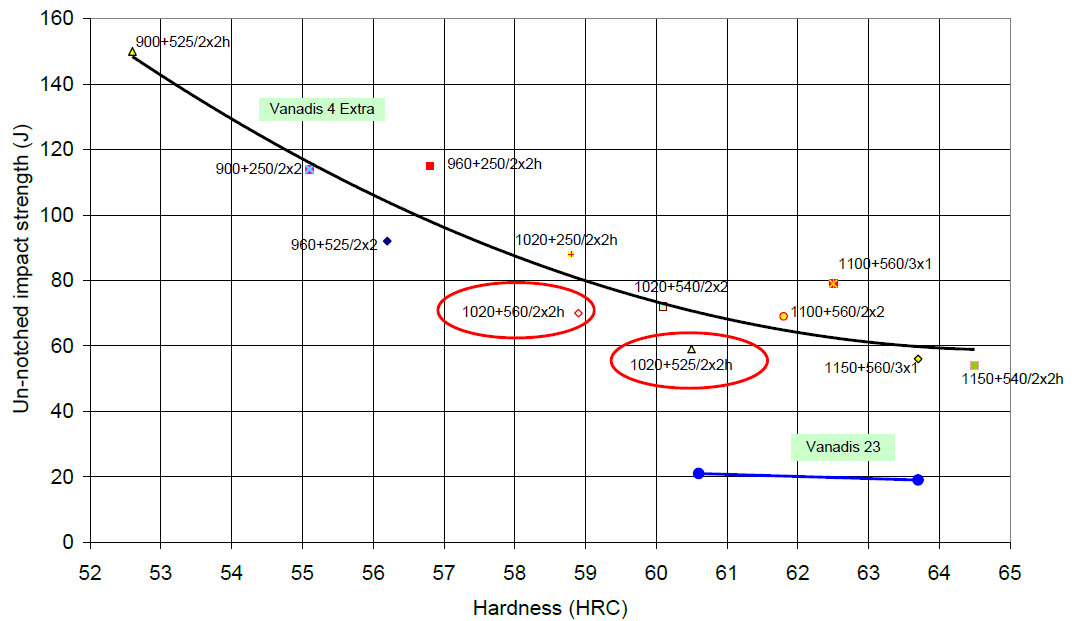hugofeynman
Gold Member
- Joined
- Jan 18, 2011
- Messages
- 995
This is the reason nowadays I prefer simpler to heat treat steels. My focus is on toughness, so now I much favor Knives in shock resistant steels and spring steels. They perform very well for my usage and don’t require super complex heat treatments that, if you miss a step, you compromise everything. Too much variables to control, in my opinion.Fun to read and I feel like I understand most of it. But I'm wondering this...this indicates a .40 increase in toughness in D2. What does this translate into real world usability you know? I've seen firsthand a W2 knife heat treated and tempered with an oxy acetylene torch cleanly cut a rolling paper, chop through 5 pieces of seasoned oak as thick as a human leg, then come back and cleanly cut a rolling paper again...no edge deformation.
Is it wishful thinking at some point? I have sent a few blades out of more complicated steels like 3V and even some AEB-L and they have been cryo'd so I'm not saying I don't do it myself just wondering if anyone has ever done anything like side by side hemp rope slices to compare the two.
Thanks for posting this and opening up the discussion.


